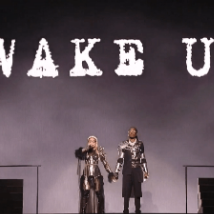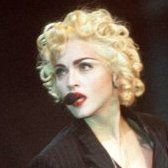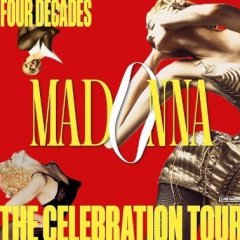true blue True Blue turns 30 today
-
Recent Activity
-
MADONNA AND WARNER MUSIC GROUP ANNOUNCE MILESTONE, CAREER-SPANNING PARTNERSHIP!! 1 2 3 4 298
By Shoful, in News ✖ Discussion
- 7,435 replies
- 613,832 views
-
- 15 replies
- 392 views
-
- 71 replies
- 5,673 views
-
- 13,308 replies
- 583,175 views
-
Are there any Madonna albums you haven’t listened to in full at least once? 1 2 3 4 6
By Blue Skies, in News ✖ Discussion
- 140 replies
- 2,703 views
-
- 122 replies
- 17,023 views
-
Madonna on Instagram / Facebook / Twitter + other Social Media 1 2 3 4 661
By groovyguy, in News ✖ Discussion
- 16,507 replies
- 1,531,144 views
-
- 14,623 replies
- 996,582 views
-
-
Recently Browsing 0 members
No registered users viewing this page.



.thumb.jpg.59c47c19cbe2fe5b123da0fb122e1aee.jpg)






Recommended Posts
Join the conversation
You can post now and register later. If you have an account, sign in now to post with your account.